Unitree G1 Robot Hits the Job Market in the US: Amazon Employs Humanoid Robots as 'Delivery Partners'
![]() 06/12 2025
06/12 2025
![]() 527
527
The AI revolution, which has already transformed the roles of designers and programmers, is now poised to disrupt the landscape of delivery personnel and food couriers.
Amazon is set to pioneer the use of humanoid robots for delivery services.
Amazon's quest for automation is well-documented. From warehouse automation robots to automated sorting systems, they have automated a significant portion of the warehousing process.
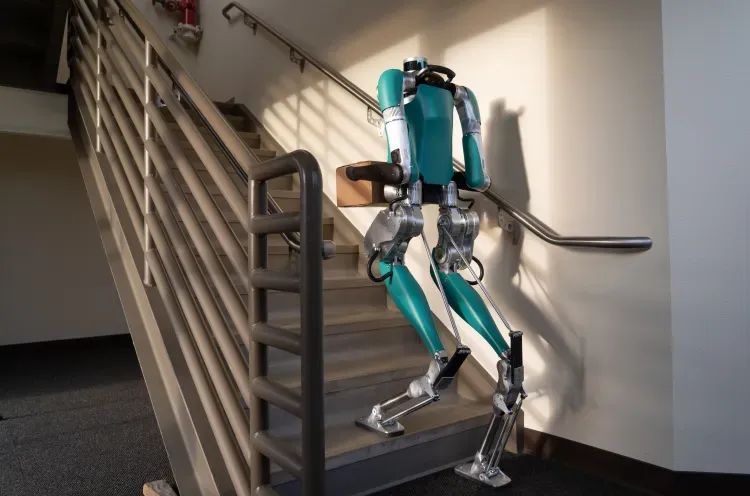
Now, Amazon aims to tackle the 'last mile' of delivery—the final leg that brings packages from delivery trucks to customers' doorsteps.
1. Amazon's Serious Commitment to Robotic Delivery
Traditionally, this 'last mile' delivery heavily relies on human labor, which is costly, inefficient, and prone to uncertainties.
One wonders if Amazon's recent fascination with China's robot marathons and fighting competitions inspired them to embrace humanoid robots as a solution to this challenge.
To this end, they have established a 'Humanoid Park' in San Francisco dedicated to training robots to navigate various delivery scenarios, including climbing stairs, knocking on doors, and even avoiding pets.
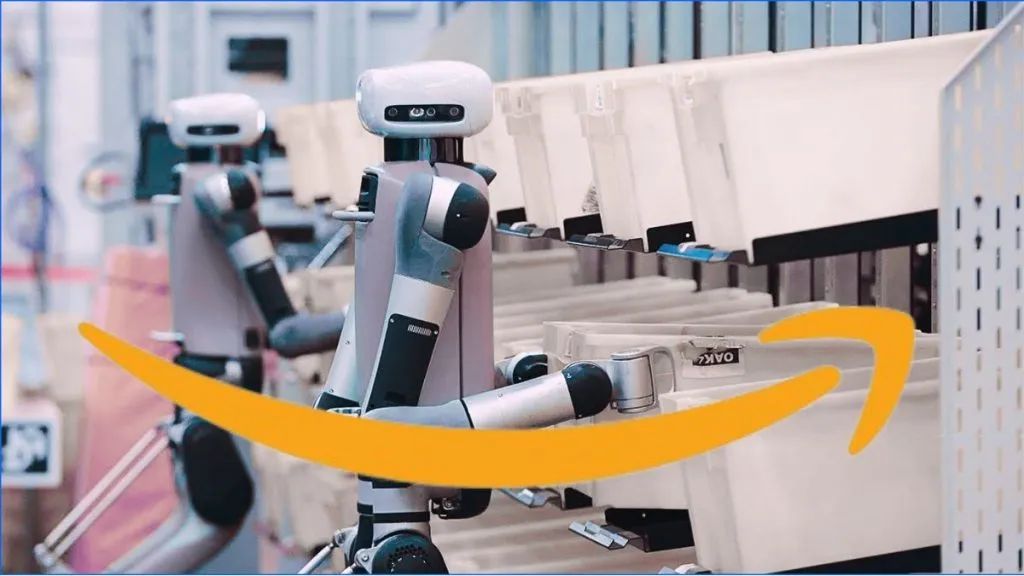
The park features stairs, doorways, pathways, and even a real Rivian electric van for robots to practice in, replicating a real-world community environment.
2. AI Self-Development, Hardware Powered by Unitree
While Amazon undoubtedly masters core AI technology that they are developing in-house, humanoid robots are not their forte. Therefore, they currently rely on third-party robot companies.
China's Unitree G1 robot has emerged as a key player in this field.
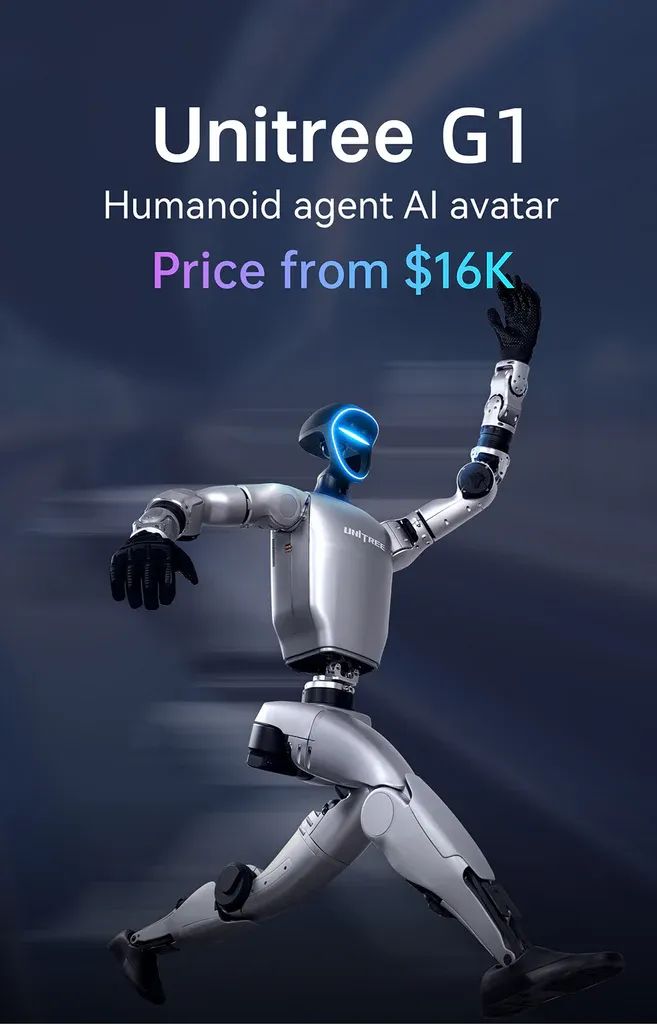
Priced at approximately $16,000, the G1 boasts 23 flexible joints, capable of carrying loads, climbing stairs, and turning in place. It excels in rapid movement, low cost, and robust execution.
Unitree Technology has frequently showcased its products at overseas exhibitions, attracting cooperation and trials from numerous technology companies.
Compared to more expensive and complex European and American solutions, real-world implementation often favors 'affordable and capable interns' like Unitree.
Amazon is currently utilizing the G1 for related testing.
3. Amazon's Cautious Yet Practical Implementation
Despite sounding like the dawn of a new logistics revolution, Amazon is not making empty promises this time but is taking a pragmatic approach.
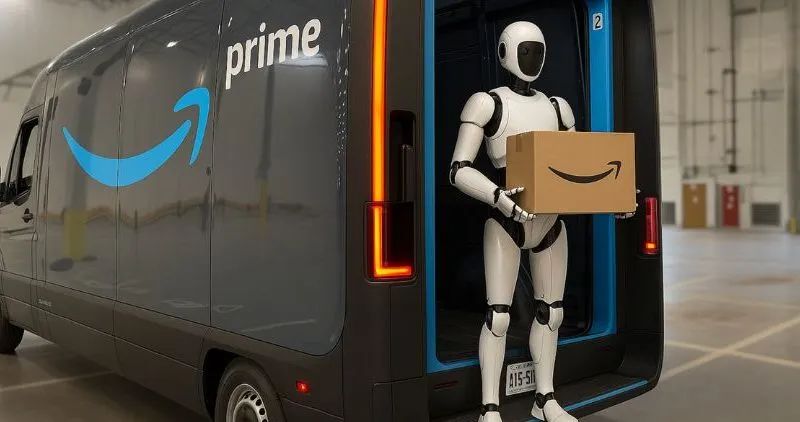
Their objective is not to immediately replace delivery personnel entirely but to have robots collaborate with humans in specific scenarios to accomplish tasks.
For instance, a Rivian van parked at a residential area entrance could have a human driver delivering to one building while a robot handles another, significantly enhancing efficiency. Another scenario involves the robot jumping off the van to deliver packages to users' doorsteps and autonomously returning to the vehicle.
This human-robot 'teamwork' approach is a more likely scenario at this stage.
Notably, this is not Amazon's first foray into delivery robots. As early as 2019, they introduced a six-wheeled vehicle named 'Scout' for sidewalk deliveries.
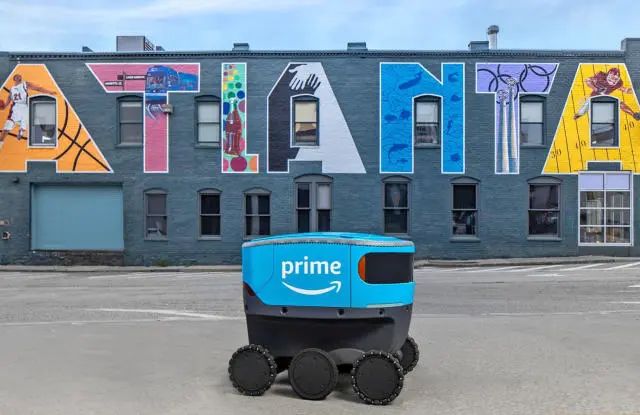
However, due to poor environmental adaptability, it failed even when encountering a squirrel, leading to the project's suspension in 2022.
Judging by Amazon's actions, humanoid robots are transitioning from the laboratory to the real world.
AI, as the brain of these robots, remains a crucial aspect at this stage.
Perhaps in a few years, we will no longer marvel at robots delivering packages but instead inquire: 'Is this a Unitree G1, or have they upgraded to the new G3?'







